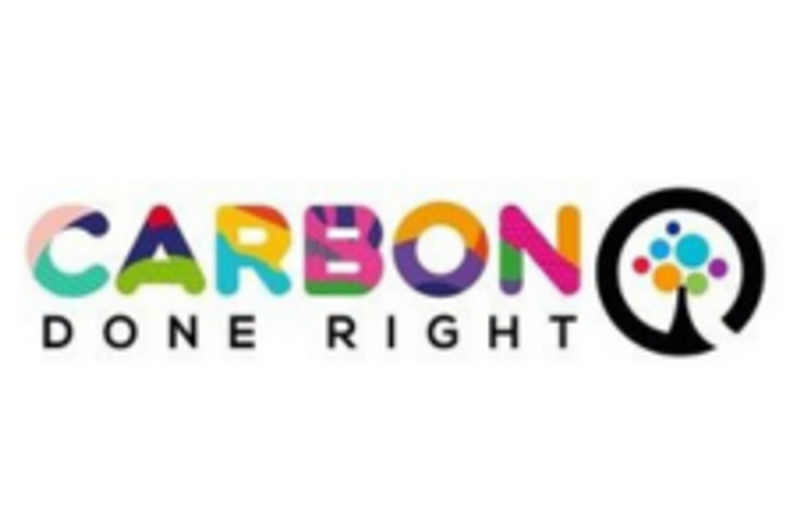
Mastering Carbon: Doing It Right
In a world grappling with the existential threat of climate change, the urgency to reduce carbon emissions has never been greater. The traditional approach to combating climate change has focused largely on reducing carbon outputs through regulations and carbon offsetting programs. While these efforts are important, a new wave of innovation is emerging that seeks not only to reduce carbon emissions but also to find ways to utilize carbon in a beneficial manner. This approach, known as carbon done right, is poised to revolutionize the way we think about carbon and its role in the fight against climate change.
One of the key pillars of the carbon done right approach is the concept of carbon capture and utilization (CCU). CCU technologies aim to capture carbon dioxide emissions from industrial processes or directly from the atmosphere and convert them into useful products. This not only helps reduce carbon emissions but also transforms carbon from a waste product into a valuable resource. By turning carbon into products such as building materials, fuels, or chemicals, CCU technologies have the potential to create a closed-loop carbon cycle that is both environmentally sustainable and economically viable.
One promising example of CCU in action is the development of carbon-negative concrete. Traditional concrete production is a major source of carbon emissions, contributing to approximately 8% of global carbon dioxide emissions. By incorporating captured carbon dioxide into the manufacturing process, carbon-negative concrete not only reduces carbon emissions but actively removes carbon from the atmosphere. This innovative approach not only helps fight climate change but also addresses the pressing need for sustainable construction materials.
In addition to CCU technologies, the carbon done right approach also encompasses nature-based solutions that harness the power of natural systems to sequester carbon. Forest conservation and restoration, sustainable agriculture practices, and ecosystem conservation all play a crucial role in removing carbon dioxide from the atmosphere and mitigating climate change. By investing in these nature-based solutions, we can leverage the power of nature to combat climate change while also protecting biodiversity and promoting ecological resilience.
Another key aspect of the carbon done right approach is the concept of carbon circularity. Rather than viewing carbon as a linear flow from extraction to emission, carbon circularity envisions a closed-loop system where carbon is continuously recycled and reused. This involves rethinking our approach to production, consumption, and waste management to minimize carbon emissions and maximize the reuse of carbon-containing materials. By embracing carbon circularity, we can create a more sustainable and resilient economy that is in harmony with the planet’s natural carbon cycles.
As we confront the challenges of climate change, the carbon done right approach offers a new paradigm for addressing the carbon crisis. By harnessing the power of innovation, technology, and nature, we can transform carbon from a liability into an asset, paving the way for a more sustainable and regenerative future. Embracing carbon done right is not just a choice – it is a necessity if we are to safeguard our planet for future generations.
